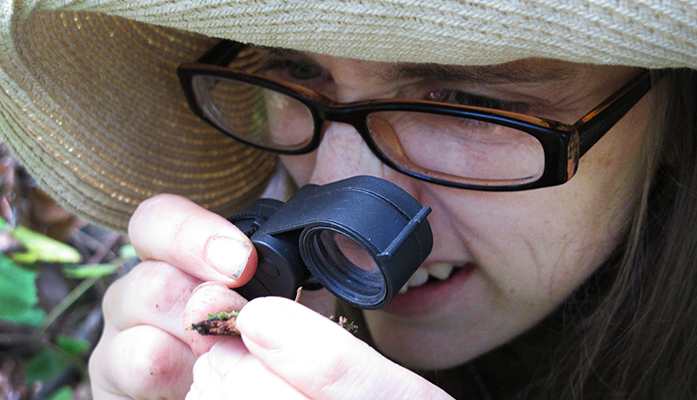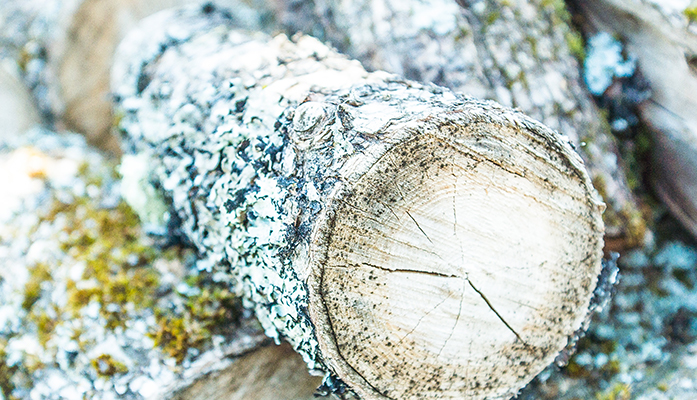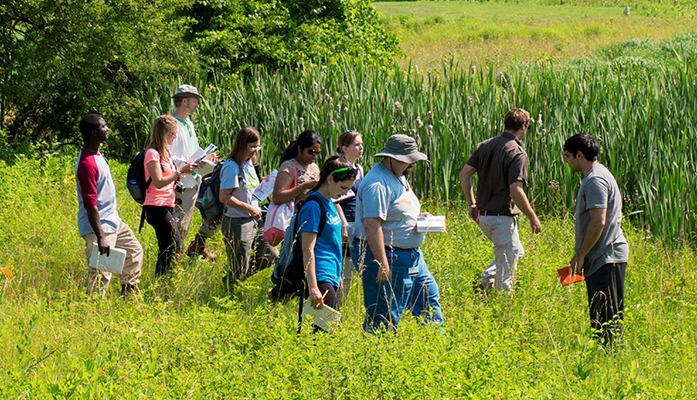
One Penn alumnus teaches through constant discovery
“The more people appreciate their local environment, the easier it is for them to care about ones that are further away” shares Natalie Howe, PhD (Master of Environmental Studies ’06). “And the Master of Environmental Studies program at Penn focuses on getting people to appreciate the dynamics of Philadelphia in a profound way.”
This past summer, Natalie worked for the US Forest Service in Philadelphia as a Sustainable Science Fellow. There, she became excited by the professional opportunity to engage city-dwellers with their local habitats. “Because so many people live in urban areas, the Forest Service is expanding their resources into urban forests. It’s more important than ever to take care of our street trees and green space. And you can start just by going outside and spending more time with them.”
Natalie shares her infectious adoration for wildlife as a college-level biology instructor. “I took an ecology class as an undergrad at Yale and I remember thinking it was impossible to have a job where you have that much fun,” she smiles, “Which is why I love teaching in the college context and getting students excited about doing this for their careers and the kinds of possibilities ahead.”
While earning her master’s degree at Penn, Natalie was inspired by her field classes and the passion of her professors. It was in Sally Willig’s Field Ecology course that Natalie first discovered the tiny little organism that she would come to research for her capstone and all the way to her PhD: lichens.

“Oh there are tons of lichens in Philadelphia, and people don’t notice it at all,” she exclaims. However, the average Joe may not know a whole lot about these fuzzy things that grow on tree bark and rocks. So what are they, exactly? According to Natalie, “They’re little fungi that act like sponges, they can dry up and re-moisturize easily. They provide habitats for microscopic organisms like tardigrades (aka water bears) and are incredible environmental indicators.”
Just by looking at lichens, you can learn a lot about air quality and population density. “The lichens of Philadelphia are robust because they thrive in nitrogen-rich habitats—which is due to car and industrial emissions.”

Natalie’s appreciation for lichens paints a portrait for the kind of mindful ecologist and teacher she is—someone who looks closely at the things that most people breeze by and does it with enough enthusiasm to fill a stadium, let alone a lecture hall.
Inspired by her field classes in the Master of Environmental Studies program, Natalie is keen to go exploring with her students, “I love to take people on adventures where they gain a new perspective on the natural world—whether you are in a city, the suburbs or a rural area, what’s good for that ecology is good for you.”





